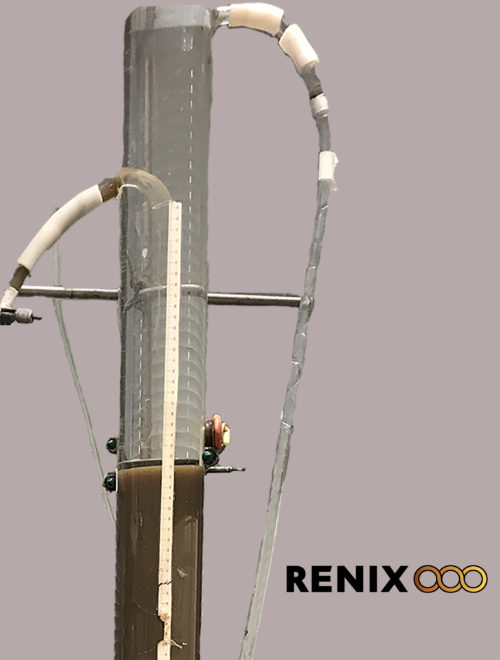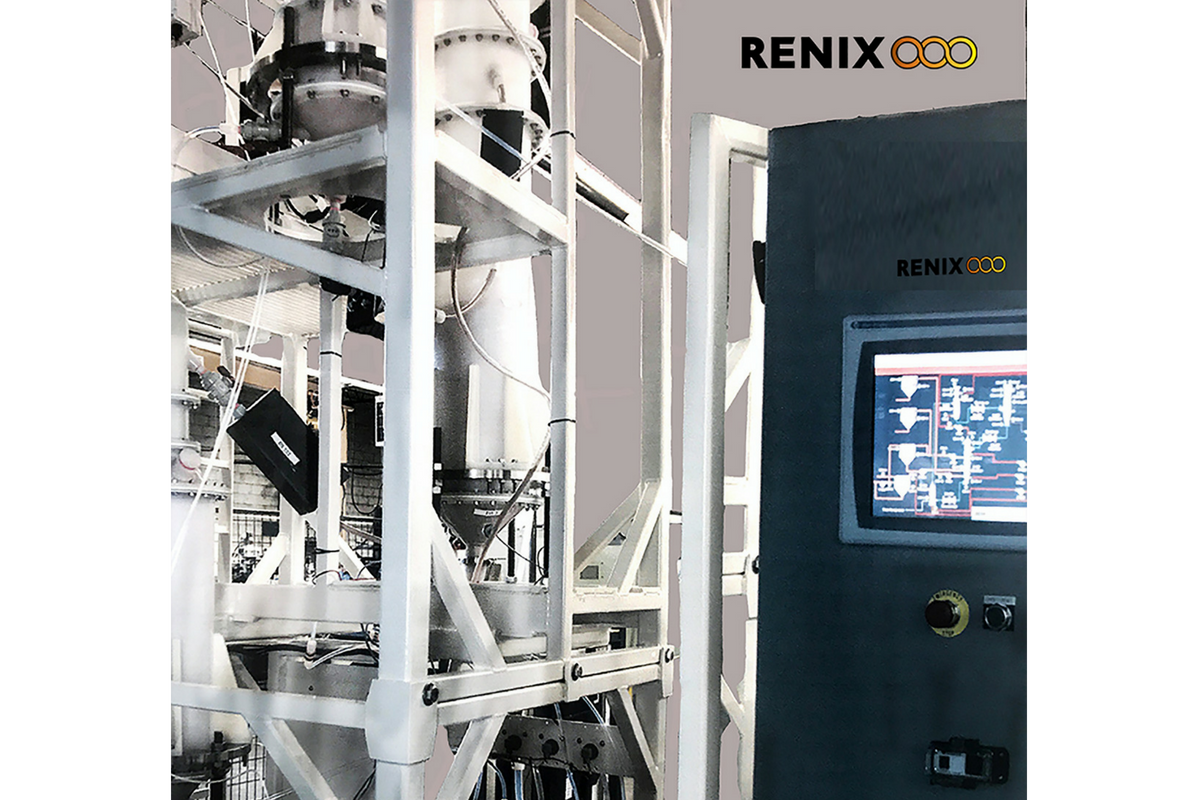Phosphorus is getting a bad rap these days — and with good reason. According to recent estimates, humans are pumping 10 million tonnes of this nutrient into the world’s lakes and rivers each year[1] with results that can be devastating.
In 2014, for example, a massive bloom of blue-green algae, fueled by phosphorus, turned large parts of Lake Erie the colour of a spinach-based smoothie. It also released dangerous cyanotoxins, forcing authorities to cut off tap water to half a million people.
Not only can algae create public health catastrophes, it also consumes oxygen when it breaks down, creating conditions that make it difficult for fish and other aquatic life to survive. This makes phosphorus the biggest cause of water quality degradation worldwide, according to the publishers of Water Research journal.
Governments around the globe are setting strict limits on the amount of phosphorus that can leave wastewater treatment plants. But what’s the best way to remove phosphorus? Current chemical or biological methods are costly; a municipality that wants to add tertiary treatment can easily be looking at a price tag of tens of thousands of dollars to remove a single kilogram of the nutrient.
Betting on beads
Renix founder Christine Haas has a different idea. She believes that her company’s revolutionary ion exchanger could do the job more efficiently and at lower cost. Additionally, Haas’ vision goes beyond removing phosphorus — she wants to recycle it into a nutrient-rich fertilizer that can help farmers grow food and give municipalities a valuable revenue stream.
Renix’s patented Uninterrupted Ion Exchange (UIX) system uses tiny, ionically charged resin beads to pull unwanted material — like phosphorus — out of liquids and concentrate it for downstream use. It’s a highly targeted approach. And unlike other ion exchangers, UIX doesn’t require any down time to regenerate the beads. Instead, they cycle constantly between treatment and recharging, via a specially designed seal. The result is steady, uninterrupted treatment, saving both time and money.
To date, Renix is developing specific UIX systems for food and beverage manufacturers and industrial water management; for example to help greenhouse operations recycle wastewater and to treat mining effluent. However, with support from SOWC’s Advancing Water Technologies (AWT) program the company is making its first foray into the world of sewage treatment.
 Crucial collaboration
Crucial collaboration
Developing this kind of novel application involves answering all kinds of questions. At what stage of wastewater treatment can UIX work most effectively? Which type of resin will deliver the best results? Can UIX cope with levels of suspended solids that change from day to day?
The SOWC’s AWT program helps companies address barriers to commercializing their technology. The program, supported by the Federal Economic Development Agency for Southern Ontario (FedDev Ontario), connects businesses with university research expertise, and provides funding for collaborative technology development and demonstration projects.
In the case of Renix, AWT is funding a collaboration between the startup, the City of London and Dr. Amarjeet Bassi, a chemical and biochemical engineer at Western University who developed the key technology underpinning UIX in 2002.
Bassi’s team is using this support to experiment with different resins, pinpointing the best material, size and density for the beads. “We want them to expand, to allow the resin to tolerate suspended solids, rather than pack together,” he explains. “So the beads need to fit the particular wastewater application.”
They’ve tried working with wastewater samples from different stages of London’s wastewater treatment process to determine where UIX will be most effective. They’ve run kinetic and hydrodynamic evaluations.
Now, they’re poring over preliminary results — and those results look good. The UIX system successfully lowered phosphate levels in the wastewater samples from 1.5 – 3 parts per million to 0.3 parts per million, safely below the City of London’s target.
“At the small pilot scale, it’s very successful,” says Bassi. “Now we have proof. And this is only possible, I think, because of this funding from SOWC.”
Haas agrees, noting that this kind of support is absolutely critical for startups to bridge the gap between early research and the final stages of commercialization. “I would like to say thanks to SOWC and to other organizations like them,” she says. “They serve a great purpose.”
Now, Bassi and Haas are focusing on the phosphorus-rich liquid they’ve separated from the wastewater, testing the most effective ways to transform it into granular fertilizer. The next step will be moving from a lab-bench system to a wastewater plant demonstration. After that, the opportunities are staggering. “We haven’t put a number on it, but there is definitely a very substantial market,” says Haas.
And while the commercial potential fires her up, so does the opportunity to transform a serious pollutant into a seriously valuable resource. “If we can correct a problem that is impacting the environment negatively and at the same time, put it back into something we need, that’s pretty exciting,” she says.
[1] https://www.sciencedaily.com/releases/2016/07/160708105428.htm


